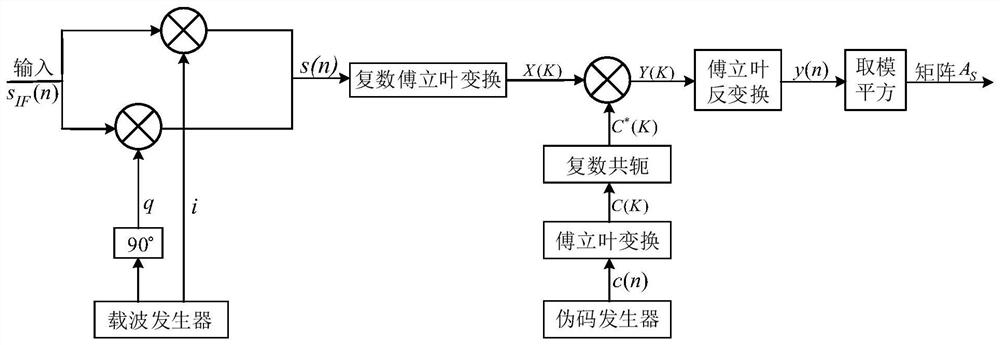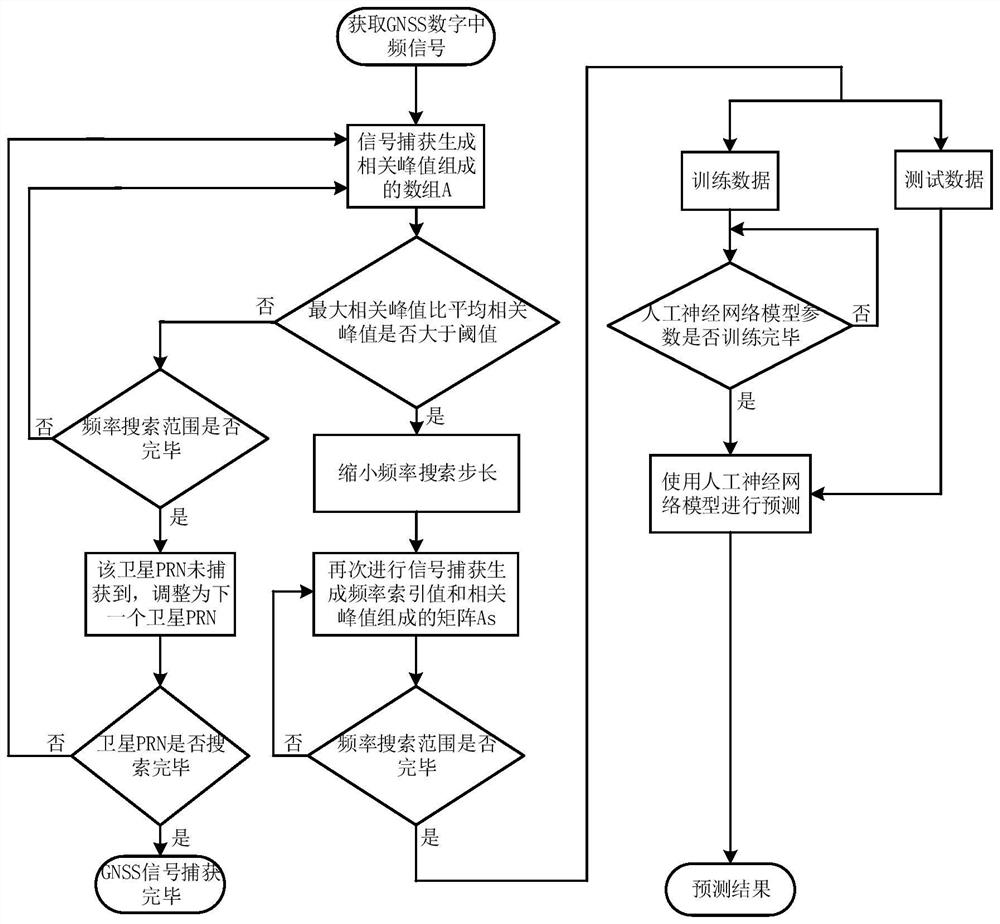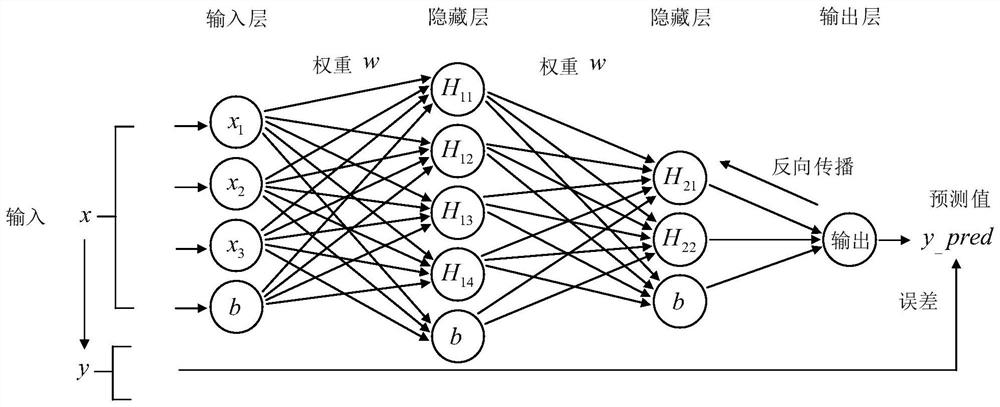GNSS signal capturing method based on artificial neural network
An artificial neural network and signal capture technology, applied in neural learning methods, biological neural network models, satellite radio beacon positioning systems, etc., can solve the burden of aggravating the dynamic adjustment of the tracking loop, affecting receiver performance, increasing capture time, etc. Problems, achieve fast and high-precision GNSS signal capture, improve capture accuracy and precision, and shorten search time
- Summary
- Abstract
- Description
- Claims
- Application Information
AI Technical Summary
Problems solved by technology
Method used
Image
Examples
Embodiment 1
[0060] A kind of GNSS signal acquisition method based on artificial neural network, such as figure 2 As shown, since the correlation peaks of different frequency search units on the same code band are the sampling points of the |sinc| function curve, based on the artificial neural network function, the maximum correlation peak and the maximum The relevant peak data is used as a data set to train the multi-layer perceptron neural network to obtain the optimal neural network structure and parameter values. Based on the obtained neural network structure and parameters, high-precision carrier frequency prediction is performed. The specific implementation steps include:
[0061] Step A: Get the dataset, including:
[0062] Step 1: Find the correlation peak value in the time domain;
[0063] The correlation peak in the time domain refers to: two sequences x(n) and y(n) are correlated in the time domain, which is equivalent to their Fourier transform X(k) and Y * (k)(Y * (k) is...
Embodiment 2
[0075] According to a kind of GNSS signal acquisition method based on artificial neural network described in embodiment 1, its difference is:
[0076] Such as figure 1 As shown, the specific implementation steps of step 1 include:
[0077] Step 1.1: Mix the received digital intermediate frequency signal with the replicated sine carrier and replicated cosine carrier signals of a certain frequency respectively to obtain a baseband complex signal;
[0078] Step 1.2: performing Fourier transform on the baseband complex signal obtained in step 1.1;
[0079] Step 1.3: Perform Fourier transform on the local copied pseudo-code, and multiply the conjugate value after Fourier transform with the result obtained in step 1.2;
[0080] Step 1.4: Perform inverse Fourier transform on the result obtained in step 1.3;
[0081] Step 1.5: Perform a modular square on the result obtained in step 1.4 to obtain the correlation peak value in the time domain.
[0082] In step 2, the average correla...
Embodiment 3
[0100] According to a kind of GNSS signal acquisition method based on artificial neural network described in embodiment 1 or 2, its difference is:
[0101] The digital intermediate frequency signal output by the radio frequency front end of the GNSS receiver is processed. In the signal acquisition phase, the GNSS receiver searches all PRNs in turn, saves the maximum value of the correlation peak value of the search frequency point, and generates the frequency index value of the X axis and the value of each PRN. A two-dimensional array data set A in which the correlation peak value corresponding to each frequency index value is the Y axis s .
[0102] Taking the application of Beidou signal in digital intermediate frequency signal processing as an example, m is [1, 41], f MP 10KHz, f IF 0.098MHz, f bin 500Hz, t is 1023, t bin is 1, f MC 100Hz, f cmin is 100Hz, o is [1, 3], and PRN_N is [1, 37]. Including the following steps:
[0103] Step 1: Set the satellite number PRN...
PUM
 Login to View More
Login to View More Abstract
Description
Claims
Application Information
 Login to View More
Login to View More - R&D
- Intellectual Property
- Life Sciences
- Materials
- Tech Scout
- Unparalleled Data Quality
- Higher Quality Content
- 60% Fewer Hallucinations
Browse by: Latest US Patents, China's latest patents, Technical Efficacy Thesaurus, Application Domain, Technology Topic, Popular Technical Reports.
© 2025 PatSnap. All rights reserved.Legal|Privacy policy|Modern Slavery Act Transparency Statement|Sitemap|About US| Contact US: help@patsnap.com



